Website Link Checker to Fix Broken Links [2023]

As a website owner, you know how crucial it is to have an online presence. You have invested time, money, and effort into creating a website that represents your brand, showcases your products or services, and attracts potential customers. However, a website is not just about its design and content, but also about its functionality. One important aspect of website functionality is the links that connect your pages and external sources. Broken links, incorrect URLs, or dead links can cause frustration to your visitors, decrease your site’s credibility, and harm your search engine optimization (SEO) efforts. In this article, we will discuss the importance of link checking and how to use a website link checker to improve your site’s performance.
What is a Website Link Checker?
A website link checker is a tool that scans your website for broken links, incorrect URLs, or dead links. It checks the links between your web pages, as well as links to external sources such as images, videos, or documents. The link checker usually provides a report of the links’ status, indicating which ones are valid and which ones are broken or have issues.
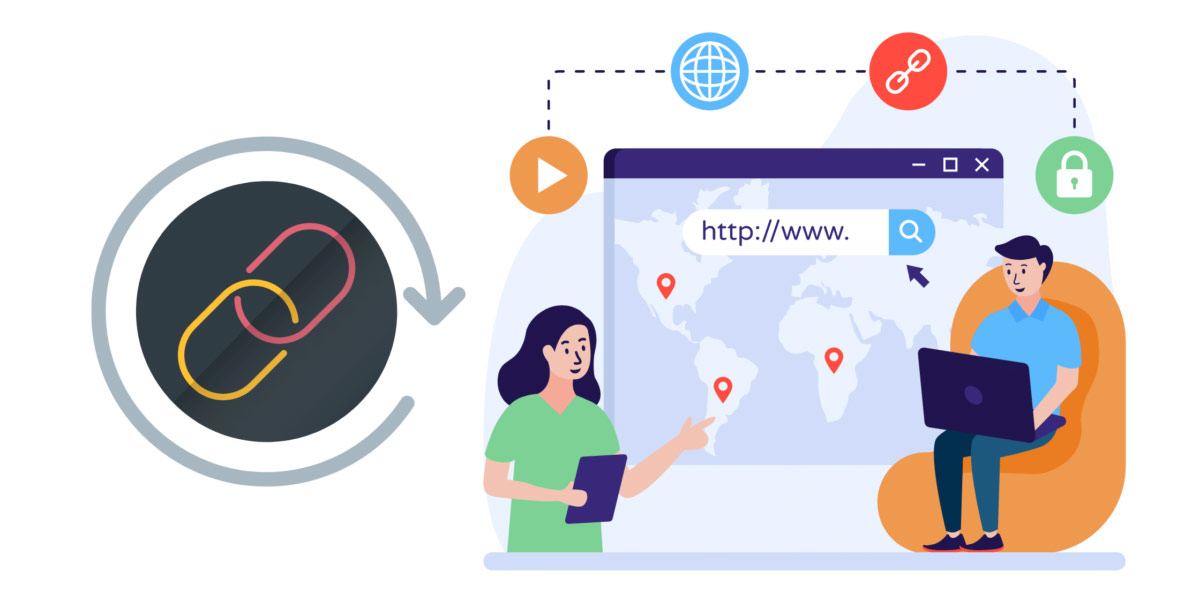
What is a Website Link Checker?
Why Use a Website Link Checker?
Using a website link checker is important for several reasons:
- Improve User Experience: Broken links can frustrate your visitors and make them leave your site. A link checker helps you identify and fix those issues, providing a smooth user experience.
- Boost SEO: Search engines like Google use links to crawl and index your website. Broken or incorrect links can harm your site’s ranking and visibility. A link checker helps you improve your SEO efforts by ensuring all links are valid and functional.
- Save Time and Effort: Manually checking each link on your website can be time-consuming and tedious. A link checker automates the process and provides a comprehensive report, saving you time and effort.
Types of Link Checking
There are three main types of link checking:
Manual Link Checking
Manual link checking involves manually reviewing each link on your website to ensure they are valid and functional. While this method can be effective for small websites with a few pages, it can be time-consuming and prone to human error for larger or more complex sites.
Automated Link Checking
Automated link checking involves using a tool to scan your website for broken or incorrect links. This method is faster and more accurate than manual checking and can handle large or complex sites. However, it may require some technical skills to set up and configure
Online Link-Checking Tools
Online link-checking tools are web-based tools that provide a quick and easy way to check your website’s links. These tools are usually free or offer a free trial, and can be accessed from any device with an internet connection. They offer a simple user interface and generate a report of the links’ status, indicating which ones are valid and which ones are broken or have issues.

Types of Link Checking
The Best Tools to Check Your Links
| Tool Name | Description |
|---|---|
| Ahrefs | A powerful SEO tool that can help you check for broken links, as well as other issues that could affect your site’s search engine rankings. |
| SEMrush | Another popular SEO tool that includes a link checker feature. With SEMrush, you can check for broken links, see where your backlinks are coming from, and more. |
| Screaming Frog SEO Spider | A desktop-based SEO tool that can crawl your entire site and identify broken links, missing alt text, and other issues. |
| Google Search Console | A free tool from Google that allows you to monitor your site’s performance in search results. It also includes a link checker feature that can identify broken links on your site. |
| Broken Link Checker | A WordPress plugin that can check your site for broken links and missing images. It can also notify you when broken links are found. |
| W3C Link Checker | A free online tool that can check your site for broken links and other issues that could affect your site’s accessibility. |
Features to Consider in a Website Link Checker
When choosing a website link checker tool, there are several features to consider:
- Speed and Accuracy: The tool should be fast and accurate in detecting broken or incorrect links.
- Customization: The tool should allow you to customize the settings and configure the scanning process to fit your website’s needs.
- Reporting: The tool should generate a clear and comprehensive report of the links’ status, indicating which ones are valid and which ones are broken or have issues.
- Integration: The tool should be able to integrate with your website’s content management system (CMS) or other tools you are using.
- Support: The tool should offer customer support and resources to help you use it effectively.
How to Use a Website Link Checker?
Using a website link checker tool is easy. Here are the steps:
Step 1: Choose a Link Checker Tool
Research and choose a website link checker tool that fits your needs and budget. There are many options available, ranging from free online tools to paid software with advanced features.
Step 2: Add Your Website URL
Enter your website’s URL into the tool’s search bar or upload a sitemap file if you have one.
Step 3: Select the Type of Link Checking
Choose the type of link checking you want to perform, such as checking internal links only, external links only, or both.
Step 4: Configure the Settings
Customize the scanning settings according to your website’s needs. For example, you can set the scanning depth, and scan frequency, or exclude certain pages or links from the scan.
Step 5: Run the Link Checking
Start the link-checking process and wait for the tool to generate a report. Depending on the size and complexity of your website, the scanning process may take several minutes or hours.
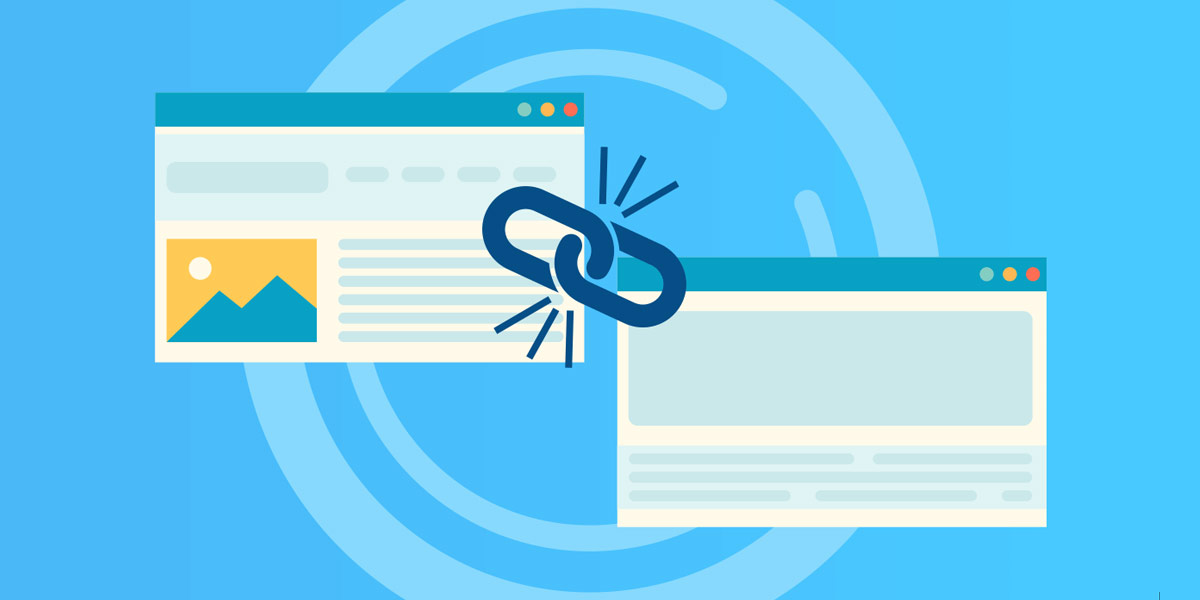
How to Use a Website Link Checker?
How to Interpret the Results of a Website Link Checker?
After the link-checking process is complete, the tool will generate a report of the links’ status. Here are some common types of links and what they mean:
Broken Links
Broken links are links that do not work and lead to a “404 not found” error page. They can be caused by a typo in the URL, a deleted page or resource, or a server error. Broken links should be fixed or removed.
Redirected Links
Redirected links are links that have been redirected to another URL. While redirection can be useful for updating links or consolidating pages, too many redirects can slow down your site’s loading time and confuse your visitors. Redirected links should be checked and optimized.
URLs with Issues
URLs with issues are links that have minor issues such as a missing or incorrect meta description, a non-secure protocol, or a slow loading time. These issues may not affect the link’s functionality but can harm your site’s SEO and user experience. URLs with issues should be fixed or optimized.
Valid Links
Valid links are links that work and lead to the intended page or resource. They should be maintained and updated regularly.
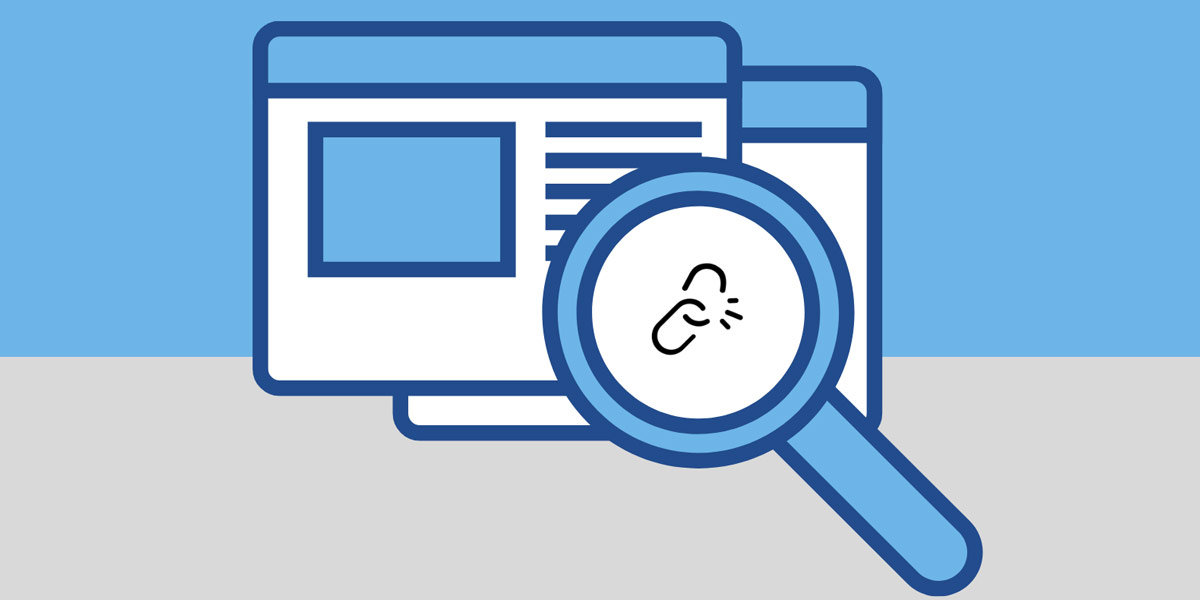
How to Interpret the Results of a Website Link Checker?
How to Fix Broken Links on Your Website?
Fixing broken links is essential for improving your site’s performance and user experience. Here are some ways to fix broken links:
Replace the Link with a Valid One
The easiest way to fix a broken link is to replace it with a valid one. If the broken link was pointing to an internal page, find the correct URL and update the link. If the broken link was pointing to an external website, try to find a similar resource or page and link to it instead.
Redirect the Broken Link
If you cannot find a valid replacement for the broken link, you can redirect it to a relevant page on your site. This can be done using a 301 redirect, which tells search engines that the old URL has permanently moved to a new location.
Remove the Broken Link
If the broken link is no longer relevant or cannot be fixed, it is best to remove it. This will prevent visitors from encountering an error page and improve your site’s user experience.
Use Custom 404 Error Pages
Custom 404 error pages can be used to redirect visitors to other relevant pages on your site if they encounter a broken link. This can help retain visitors and improve your site’s bounce rate.
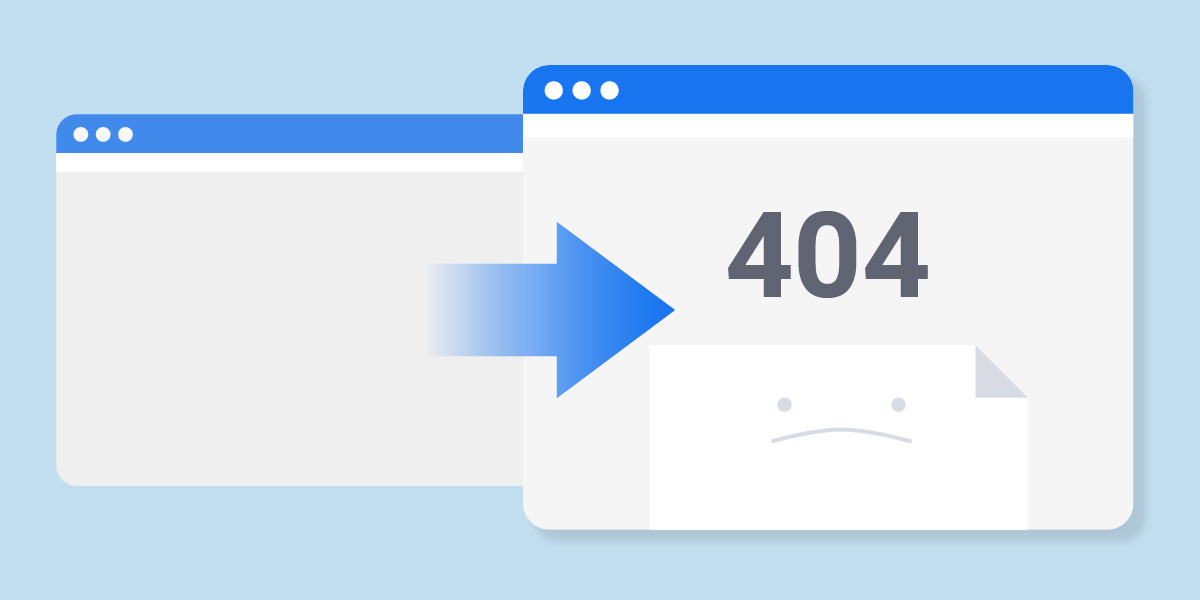
How to Fix Broken Links on Your Website?
Best Practices for Link Checking
Regularly checking your website for broken links is an important part of maintaining its health and performance. Here are some best practices to follow when using a website link checker:
Schedule Regular Link Checking
Set a schedule for regular link checking, such as once a month, to ensure that your site’s links are always up to date and working correctly.
Prioritize the Most Important Pages
Prioritize checking the most important pages on your website, such as the homepage, category pages, and product pages. These pages are likely to have the most links and the highest impact on your site’s SEO and user experience.
Keep Your Links Updated
Make sure to keep your links updated as you make changes to your website’s content and structure. This will help prevent broken links and improve your site’s user experience.
Monitor External Links
Monitor external links to your site to ensure that they are still valid and relevant. If an external link becomes broken, try to find a replacement or remove it from your site.
By following these best practices, you can ensure that your website link checker is providing you with accurate and useful information to help you maintain a healthy and high-performing website.
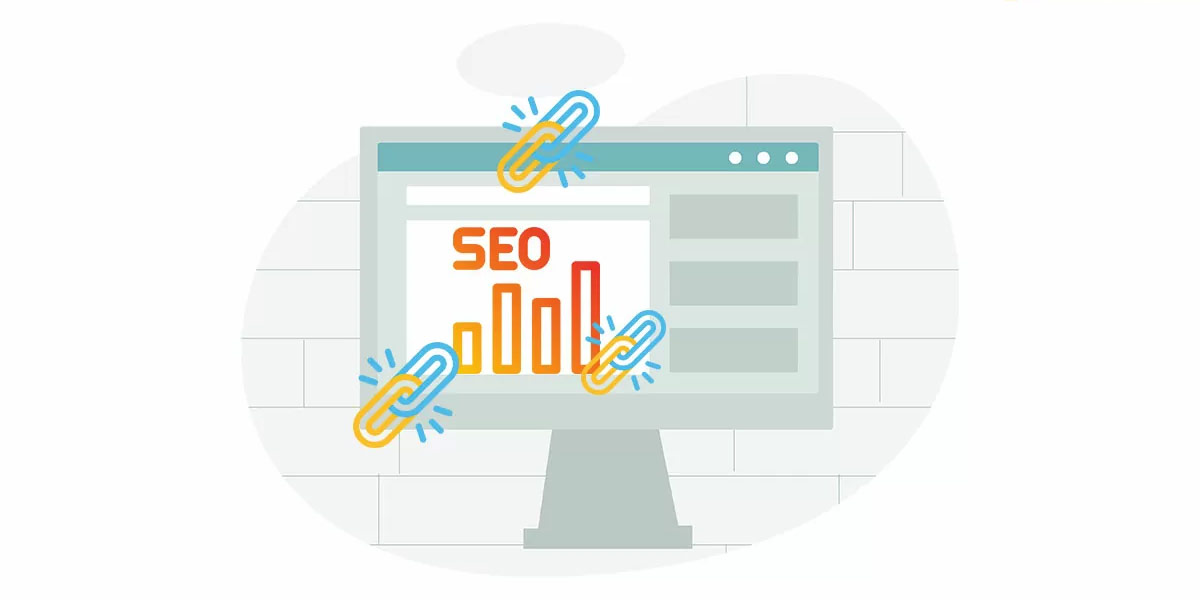
Best Practices for Link Checking
Conclusion
In conclusion, a website link checker is an essential tool for maintaining a healthy website and improving its user experience and SEO. By regularly checking and fixing broken links, you can improve your site’s performance, retain visitors, and increase your search engine rankings. When choosing a website link checker tool, consider its features and ensure that it can integrate with your website’s CMS and other tools. Always interpret the results of the link-checking process and take action to fix any issues that arise.
FAQs
Can broken links harm my site’s SEO?
Yes, broken links can harm your site’s SEO by reducing its crawlability and user experience.
How often should I check my site for broken links?
It is recommended to check your site for broken links at least once a month, or whenever you make significant changes to your site’s structure or content.
Can website link checker tools detect all types of broken links?
Most website link checker tools can detect common types of broken links, but some types, such as links with server errors, may require manual checking.
Are our website link checker tools expensive?
There are both free and paid website link checker tools available, depending on your needs and budget.
How can I fix broken links on my site?
Broken links can be fixed by replacing them with valid links, redirecting them, removing them, or using custom 404 error pages.

